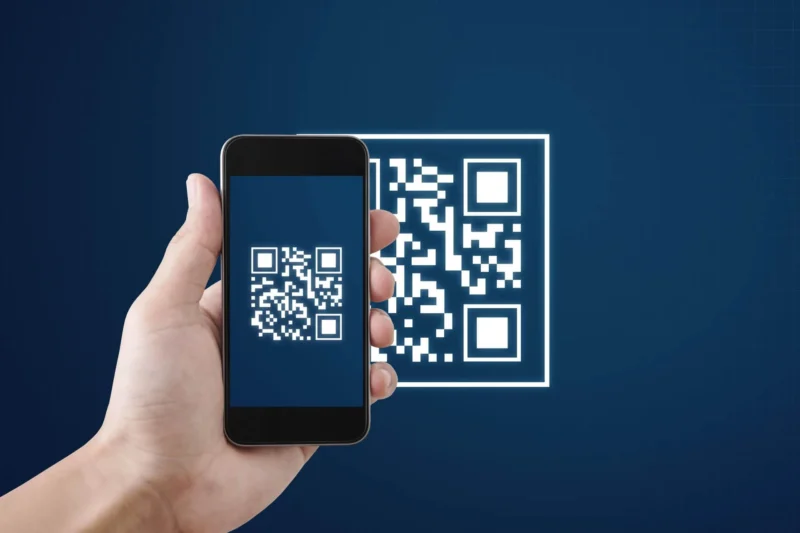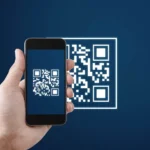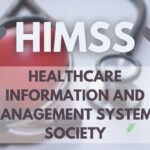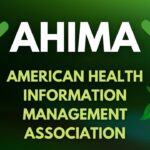In the dynamic realm of pharmaceuticals where changes are constantly happening, the pursuit of efficiency, precision, and accountability are the most important factors and elements. This is why Quick Response (QR) code is the subject of this blog. It was originally conceived in Japan for the automotive sector and now making significant strides in the pharmaceutical industry. Here is why and how.
So, why should you use QR codes in the pharmaceutical industry?
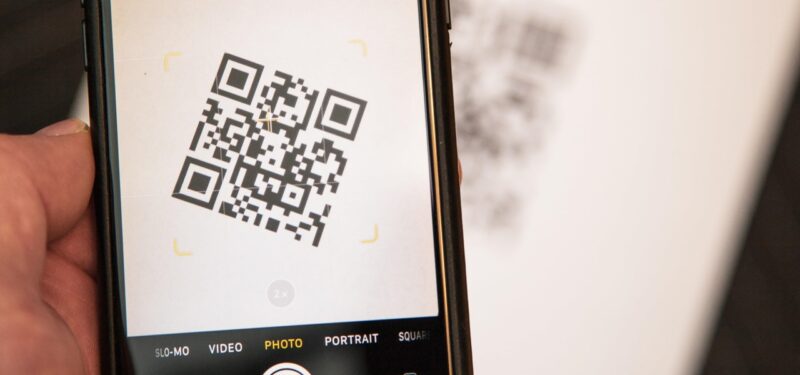
Did you know that there are legal ramifications for the pharmaceutical industry? This just goes without saying that nobody wants to be held accountable for any unspecified or unknown negative effects that a customer may encounter. While it’s evident that contract manufacturing in the pharmaceutical industry has performed admirably, there are still certain issues that need to be resolved. Therefore, QR codes have been developed to answer all of these ongoing issues and problems. Here is how.
The Role and Benefits of QR Codes in the Pharmaceutical Industry: Top 10 Things You Should Know
1. Easy to track + transparent
QR codes empower pharmaceutical entities to heighten traceability across the entire supply chain. Each product, from its manufacturing genesis to distribution endpoints, can be assigned a distinctive QR code, furnishing stakeholders with real-time access to details such as origin, batch specifics, and expiration dates. This unique feature allows everyone to uphold product integrity.
2. Great shield against counterfeiting

Nowadays everything can be counterfeited. The persistent threat of counterfeit drugs necessitates robust measures. QR codes have emerged as a formidable tool in the battle against counterfeit pharmaceuticals. By scanning a QR code, consumers, healthcare professionals, and everyone else can swiftly validate a product’s authenticity, thereby mitigating the risk of spurious medications infiltrating the market.
3. Patient safety and important information accessibility
QR codes play a pivotal role in allowing you to enjoy patient safety by facilitating easy access to crucial information. Patients can effortlessly scan QR codes on medication packaging to retrieve comprehensive instructions, dosage guidelines, potential side effects, and other pertinent details. This is also important for those who tend to forget things easily, yet they can access all of their information with one click of a button. This ensures patients are armed with accurate information, fostering a culture of safe and responsible medication usage.
4. Regular compliance
Stringent regulatory standards govern the pharmaceutical industry. QR codes streamline compliance efforts by facilitating accurate tracking of products, meticulous documentation, and prompt responses to regulatory inquiries. This simplification not only eases the burden on pharmaceutical enterprises but also cultivates a more efficient and accountable industry.
5. Proper and efficient recall protocols
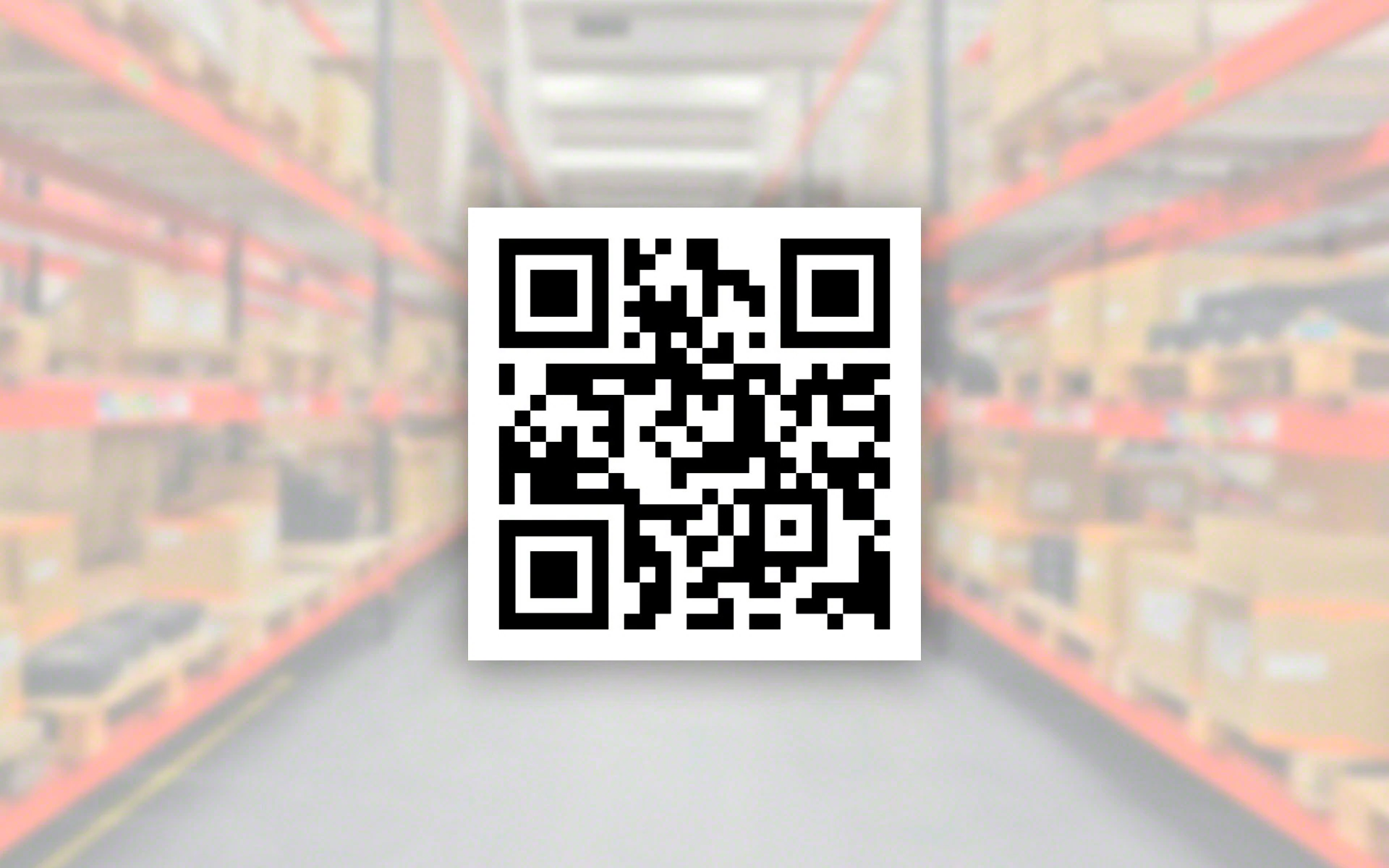
In the unfortunate event of a product recall, expeditious action is imperative. QR codes empower pharmaceutical companies to swiftly and precisely identify affected products, curtailing the impact on patients and preventing further dissemination of potentially hazardous medications. Why is this so important? Due to this agility, everyone can gain public trust to safeguard the reputation of pharmaceutical entities.
6. Data-driven market analytics
The invention and addition of QR codes in the pharmaceutical landscape opens avenues for insightful data analytics. Analyzing QR code scans provides pharmaceutical companies with valuable insights into consumer behavior, product demand, and market trends. Because of this, you can enjoy the benefits of proper decision-making, enabling companies to adapt to evolving market dynamics and refine overarching business strategies.
7. Better tutorials for specific drugs
Patients can scan a QR code with their smartphone to be sent to a step-by-step tutorial on how to safely use a prescription, saving them the trouble of waiting in long lines at the drugstore to talk with a pharmacist or not having access to one because they shop online.
Diabetes treatment may include insulin shots, for example. Infertility medication may demand a unique setup for IUI and IVF treatments. By scanning a QR code, patients may be able to access a website with video tutorials that provide step-by-step instructions on how to use a blood pressure monitor, glucometer, or self-injection.
8. Overall better user experience
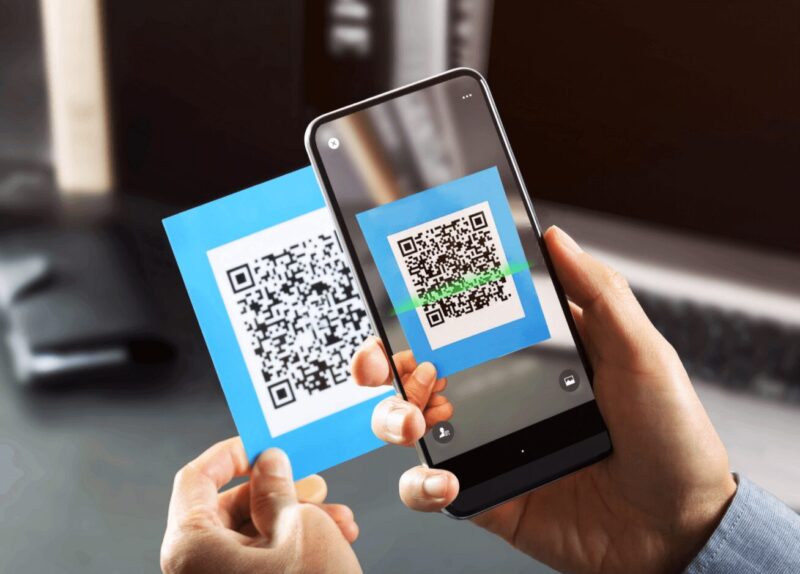
Pharmaceutical and healthcare organizations can quickly adopt these labeling and packaging technologies in most teams, no matter their size. They can collect data and properly integrate these codes into company communication and data strategy, as well as planning and continuous management. Rather than just putting the information from the current label insert onto a website or a PDF that can be accessed by scanning a QR code, companies should consider which details are most crucial to customers utilizing the product, making it easier for everyone.
9. The government’s role
In an effort to improve the quality and safety of medications while reducing counterfeiting, the Indian government has made QR codes mandatory in the pharmaceutical industry. This is a trend that most countries should adopt.
Pharmaceutical companies must follow the rules and insert QR codes on the boxes of all medications. Then they must scan the QR codes to get the product’s batch number, manufacturing and expiration dates, and other unique information. This simplifies the identification and recall of specific batches of medication in the event of a problem and contributes to improved drug traceability.
10. The importance of having the right QR code generator
If you want to enjoy quality you have to check out Adobe Express. They have a free QR code generator that will allow you to connect with your audience, share your profile, and improve your overall customer experience and satisfaction. Simply open the QR code generator and enter your URL, tap the download button, and the image instantly changes to show you your new QE code. You can personalize it and edit it in Adobe effortlessly and easily. You can use it on your smartphones, laptops, computers, and other mobile devices.
Having said all of that
QR codes have evolved into a practical asset for the pharmaceutical industry, delivering an array of advantages for everyone in the world. As technological advancements persist, the role of QR codes in the pharmaceutical sector is poised to expand, contributing to a safer, more transparent, and responsive industry. Are you ready to give it a try?
